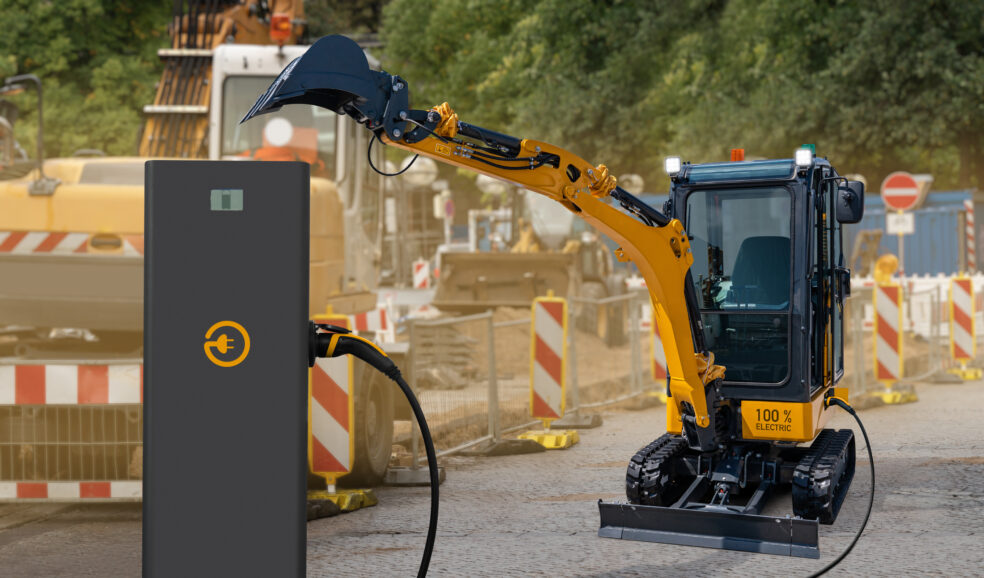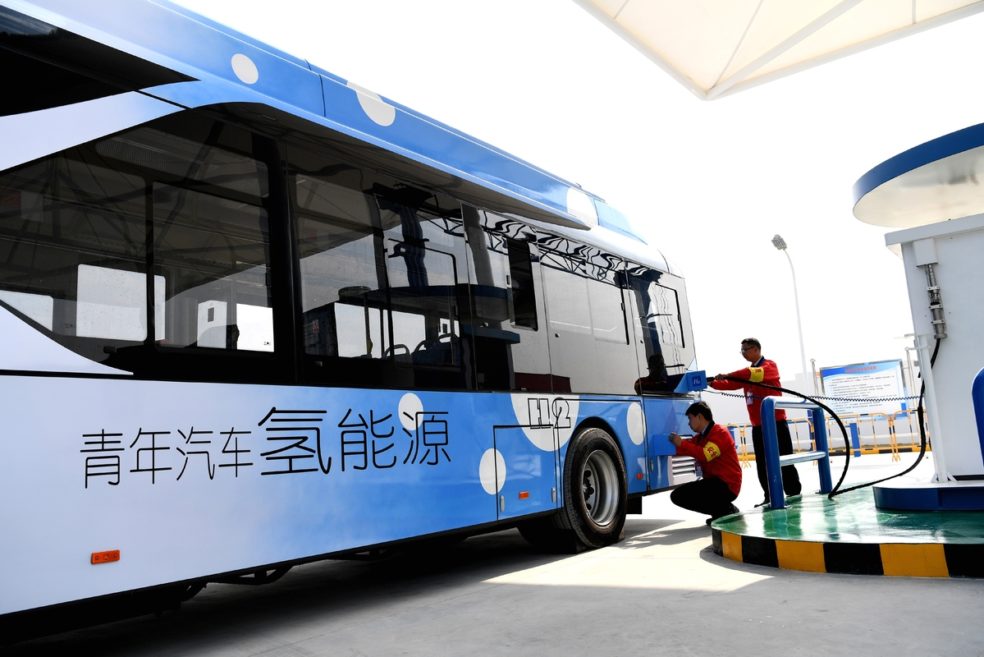QUALITY CONTROL ORDERS (QCOs) IN INDIA – ARE YOU GOING TO BE IMPACTED?India being a leading importer of various products for years has been putting in several efforts to control the quality of products imported in India. The requirement of quality control has originated owing to inadequacy of products meeting the qualification requirements and their failures of meeting safety, reliability, and standard quality norms. Quality Control Orders (QCOs) have been introduced by Indian government for critical products impacting consumer safety and is expected to be expanded to other products soon. These QCOs have an impact on imported products as there …
The Future: India’s Construction Equipment Industry thrives on Sustainability and Innovation Trends
Building the Future: India’s Construction Equipment Industry thrives on Sustainability and Innovation TrendsThe construction equipment industry in India is about to undergo a significant transformation. An expanding economy, rising urbanization, and large-scale infrastructure projects have all contributed to an increase in the need for construction equipment. The industry recorded the sales of 107 thsd units in FY’23 and is expected to grow at 7% CAGR during FY23-30. It is world’s 3rd largest market and is currently valued at 6.1 bln EUR with earthmoving equipment segment being the majority contributor at 72% share.Key Growth Drivers: Infrastructure Development Projects: Large-scale government initiatives …
The Importance and Change of Photonics Fairs in China
The Importance and Change of Photonics Fairs in ChinaFor a publication by Messe Munich and SPECTARIS (the German industry association for the high-tech medium-sized business sector) on the Chinese photonics market, Daniel Berger, Partner EAC in Shanghai, was interviewed on the importance of trade fairs.SPECTARIS: China is one of the leading markets for German photonic manufacturers. However, most companies – SMEs and MNCs alike – have found it extremely difficult to successfully penetrate the Chinese market due to its sheer size and unique characteristics. Do you believe that participating in local industry trade fairs – as exhibitor and visitor –is …
Fuel-Cell Vehicles in China – Quo Vadis?
Quo Vadis Fuel-Cell in China?What is the state of automotive fuel-cell development worldwide? After years of development, fuel-cell electric vehicles (FCEV) still pose a considerable controversy among OEMs, particularly when it comes to passenger car applications. Although notable progress has been made to develop hydrogen fuel-cell vehicles, the overall market in the passenger segment remains small compared to battery cars (BEV). The global FCEV stock reached 45,000 units by 2021, with Japanese and Korean car models leading the market. Long-term projections forecast an annual sales volume of 150,000 units by 2030, and mobility heavyweights have put hydrogen on their development …
China Case Study: KONE
China Case Study: KONEAs one of the most successful foreign companies in the Chinese market, the Finnish company KONE is a striking example of how the right strategy can turn your business into remarkable profits.KONE in China Since its market entry in 1996, the Finnish company KONE has seen rapid growth in the past 20 years. It has become the market leader in elevator and escalator solutions in China, which accounts for 60% of the global demand and contributes 30% to KONE’s global business (~3bn EUR in 2020). As of today, the company has around 20,000 employees deployed in 600 …
China Standards 2035 – Shaping the World of Tomorrow?
China Standards 2035 – Shaping the World of Tomorrow?What is ’China Standards 2035’? Following the ‘Made in China 2025’ strategic plan, China has officially launched the ‘China Standards 2035’ strategy in 2018, aiming to lay out a blueprint for the Chinese government and leading tech companies to set global standards for emerging technologies, such as 5G, Internet of Things (IoT), and Artificial Intelligence (AI). After a planning phase of two years, the National Standardization Committee published a preliminary report in May 2020, with the final strategic document expected to be released this year. China strives to play an increasing role …
China’s Offline Retail Challenge
China’s Offline Retail ChallengeIn the past decades, the Chinese retail market has experienced a significant transformation from traditional to modern, and is now again being disrupted by e-commerce. Since 1992, China’s retail market developed with the country’s rising economy and changing consumption habits. New and modern shop formats have been introduced during this period, such as department stores, hyper/supermarkets, convenience stores, exclusive stores, and other forms of business, which are shaping China’s modern retail landscape until now.What threats are China’s offline retail facing? After 2003, with the establishment of Alibaba’s Taobao platform, China consumers’ consumption habits have been changed dramatically …
China’s 14th Five-Year Plan
China’s 14th Five-Year PlanWhat is the background? China has been using five-year time periods to steer its economy since 1953. In the meantime, the focus of these Five-Year Plans (FYP) has shifted from socialist top-down economic planning to acting more as a “guideline” – setting targets and aligning incentives. A draft version of the 14th plan (2021-25) was released in late 2020 and the final version was passed in March 2021 at the Two Sessions – one of China’s major political meetings. More detailed implementation plans for major sectors, ministries, and regions will follow in the months ahead. In addition, …







